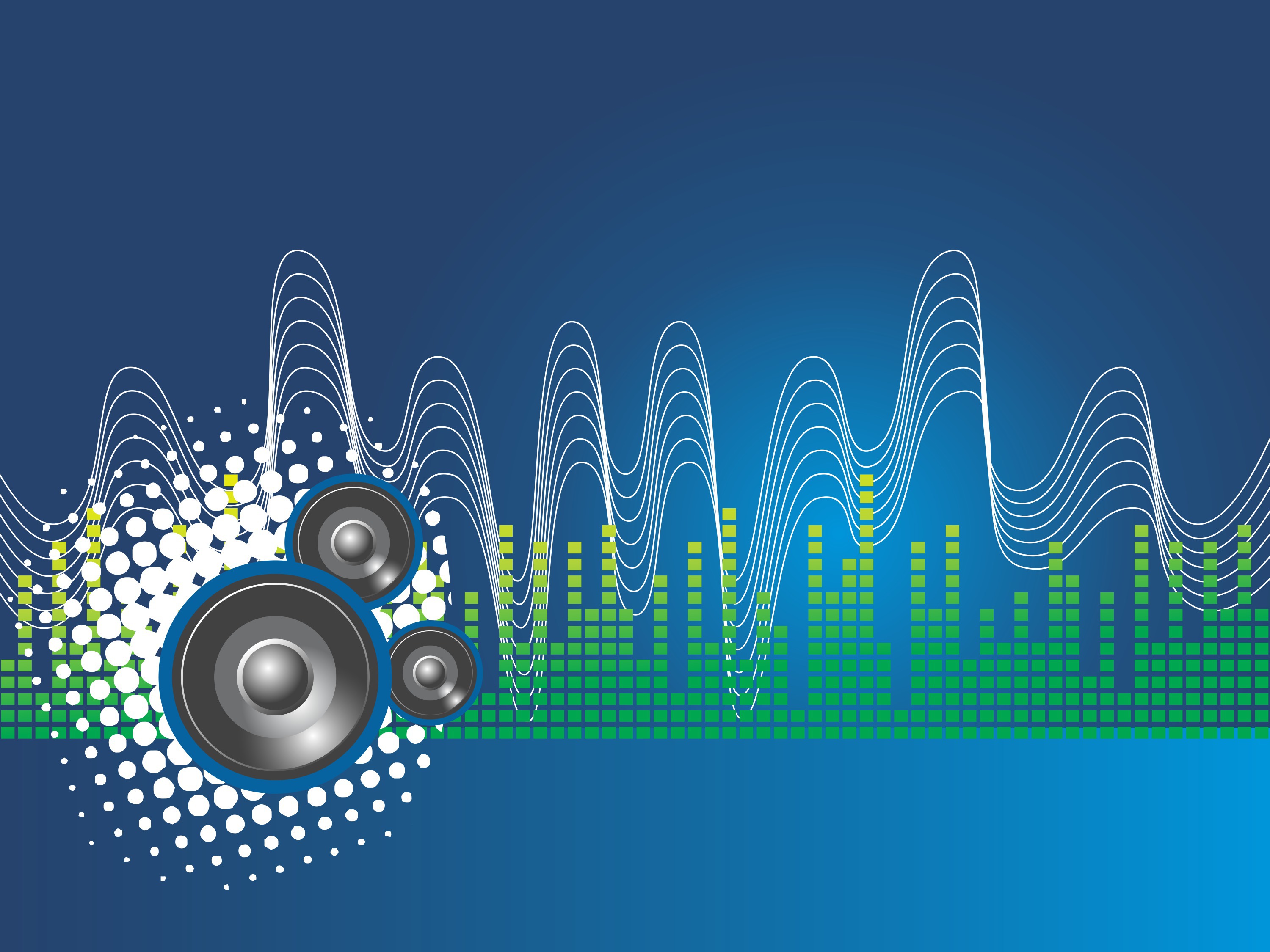Sonic Branding: A Powerful Marketing Tool Not Well Understood

A time-tested strategy is reemerging as a must-have tool for modern marketing: sonic branding. Whether it involves an original sound effect, melody, voice or jingle, sonic branding associates a particular sound with a product or service. That, in turn, helps brands make vital connections with consumers.
When done well, a sonic logo conjures up an instant association with the advertiser. Think Farmer's Insurance's "We Are Farmers," NBC's three-note tones, McDonald's "I'm Lovin' It," and Liberty Mutual's eponymous anthem. The best audio signatures are short, sticky and memorable. Consumers sing them back and recognize them instantly. That's what makes an audio signature highly effective.
"Sonic branding is the audible equivalent of a brand's visual identity. A sonic brand could be made up of multiple elements, including an audio logo and functional sounds," explained Scott Simonelli, CEO of audio analytics firm Veritonic, which measures sonic branding.
While that sounds great (pardon the pun), many media industry professionals don't fully understand sonic branding -- and why it matters. It's hard to leverage a marketing tool if you're not up to speed.
In a recent Myers Report survey, media agency staffers were asked if they could explain industry innovations including sonic branding, real-time bidding, the metaverse and cryptocurrency to their clients and colleagues -- or if they’d need a crash course to make an accurate presentation.
Among 25 emerging trends, more respondents said they’d need "Cliff Notes" to understand and convey the importance of sonic branding than any other category, including blockchain, crypto, NFTs and DSP/SSP/RTB. Across each demographic group measured sonic branding ranked as the least understood.
"There is an explosion of audio going on, and many industry professionals need an education about sonic branding -- what it is, how it works and how to execute against it,” noted Stacey Lynn Schulman, Marketplace Intelligence Lead for The Myers Report and Principal at Hi Human Insight.
She noted that sonic branding isn’t just a marketing concept; it’s rooted in neuroscience. “When you hear that signature sound, your brain creates an image, puts the sound in context, and makes it very personal,” she added.
That connection is marketing gold. When listeners identify a sonic logo, brand recall from radio ads shoots up an average 17% and podcast ads increases by 14%, according to a just-released report from Veritonic and Audacy. Audio signatures boost purchase intent by 6% on radio ads and 2% on podcast ads, the survey also found.
In earlier decades, radio jingles were loved for their kitschiness, which made them so effective, said Pierre Bouvard, Chief Insights Officer at Cumulus Media and Westwood One. Sounds like Alka-Seltzer’s famous “Plop, plop, fizz, fizz” became brand anthems. These early efforts helped build brand recognition, establish consumer loyalty, and keep a company top-of-mind.
"As a marketer, one of the most important things is to be known before you're needed. You do that by finding clever ways to be remembered, and that's what jingles do," Bouvard said. "They work. They might not be posh, but they drive business effectively."
Recently, Americans' obsession with audio has motivated media agencies to give audio advertising a fresh look. Statistics in Edison Research's 2022 Infinite Dial report and from Nielsen's Audio Today report tell the story. Among American survey respondents:
- 93% of adults 18+ use radio monthly.
- 67% use online audio weekly.
- 26% listen to podcasts weekly.
- 35% have at least one smart speaker.
Led by insurance companies, food and beverage brands, home improvement giants and auto parts companies, sonic brands are everywhere. But not all audio logos are created equal. Veritonic identifies four essential ingredients for a successful campaign.
First, a sonic logo needs to identify the brand. Veritonic's research shows that it is difficult for listeners to make associations without naming the company. The company's findings show that consumers are 7.5 times more likely to correctly identify a company by its sonic brand when the name was used.
"You have to say the name of your brand," Bouvard said. "The biggest mistake is people creating a sonic brand or audio logo that doesn't say their name. Imagine not putting your brand's name in a visual logo."
Tech giant Intel is routinely cited as an early adopter of sonic branding for its multi-note signature. But Bouvard said the logo is flawed because it doesn't include the company's name. When Veritonic played the sound for its panel, only 13% of respondents could identify it as Intel's, he noted. "That's marketing malpractice because they didn't say their name," Bouvard said.
The second key ingredient for sonic success is a memorable melody. Audio logos are two times more identifiable if they include a melody, according to Veritonic research. Including music increases purchase intent by 5% and lifts brand recall by 4%.
Third, sonic logos should be used across media channels, not just audio. For instance, Liberty Mutual and Home Depot feature the same audio signature across radio, TV and digital media ads. "When you do that, it creates a unified creative asset that spans media," Bouvard explained. "It becomes a distinctive brand asset."
Finally, it pays not to rush into sonic branding; careful considerations need to be made, Simonelli cautioned. "It's critical that brands embrace the creative process of translating their visual brand into sonic elements, remaining open to suggestions, trial and error, and most importantly, data," Simonelli said. "Depending on how large the brand and how many assets they are looking to create, the process could take anywhere from a few weeks to a few months."
As marketers dive into sonic branding, Schulman recommends agencies give audio priority in the creative and campaign planning process. Too often, she noted, audio is an afterthought to video and digital creative, which is a missed opportunity.
Once marketers digest the massive listening and embrace a sonic strategy, they'll see returns. "An audio-first approach is so important, because audio can be so impactful," Schulman said. "The realization that that's where consumers are, and where they're spending their time, is making people sit up and listen."
Click the social buttons to share this story with colleagues and friends.
The opinions expressed here are the author's views and do not necessarily represent the views of MediaVillage.com/MyersBizNet.


